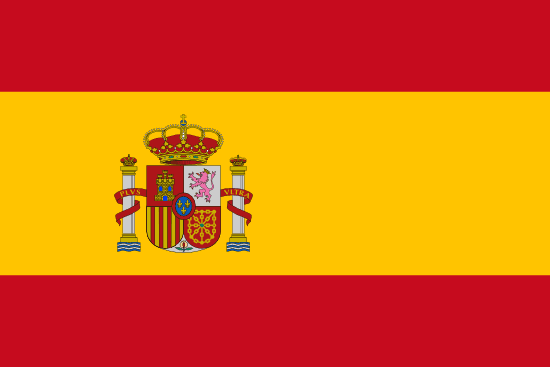"Las Palmas de Gran Canaria, ciudad de mar y culturas | Las Palmas de Gran Canaria, city of sea and cultures"
About:
Las Palmas de Gran Canaria, Spain, was founded in 1478 by Spanish conqueror Juan Rejón. It quickly became a strategic port for trade between Europe, Africa, and the Americas. The city experienced significant growth in the 19th century due to its booming agricultural industry. In the 20th century, tourism emerged as a vital economic sector. Today, Las Palmas is the co-capital of the Canary Islands, known for its rich cultural heritage, vibrant nightlife, and popular beaches.
When to visit:
Las Palmas de Gran Canaria, located on the island of Gran Canaria in the Canary Islands, boasts a pleasant climate year-round. However, the best time to visit for a holiday is during the months of September to November and March to May. During these periods, the weather is warm but not too hot, making it ideal for exploring the city's many attractions and relaxing on its beautiful beaches. Additionally, these months tend to have fewer tourists, allowing for a more enjoyable and peaceful experience.
When to avoid:
Las Palmas de Gran Canaria, located on the island of Gran Canaria in the Canary Islands, experiences its peak tourist season during the winter months, particularly December through February. During this time, the city is crowded with visitors seeking escape from colder climates, leading to higher prices and limited availability of accommodations. The beaches and popular attractions can be overly crowded, diminishing the overall experience for travelers. Therefore, for those seeking a more tranquil and affordable holiday, it is advisable to avoid visiting Las Palmas de Gran Canaria during the winter months.
"Winter Season (Dec-Feb)"
The wettest part of the year in Las Palmas de Gran Canaria is typically in winter, between December and February. During this time, temperatures range from 15 to 21 degrees Celsius. Rainfall is relatively low, averaging around 30mm in the wettest month, December. Despite the rain, the city enjoys about 6 hours of sunshine daily, with cloud cover varying from 35-50%. An average day for a visitor might involve some light rain showers, but also plenty of sunny intervals, making it a pleasant time to explore the city and its surroundings.
"Summer (July-September)"
The warmest part of the year in Las Palmas de Gran Canaria, Spain, typically spans from June to September. During this period, the average high temperature ranges from 25°C (77°F) to 28°C (82°F), while the average low temperature ranges from 20°C (68°F) to 22°C (72°F).
Rainfall is minimal during these months, averaging about 2-5 mm per month, making it the driest season. The sun shines for approximately 9 to 10 hours each day, offering plenty of daylight for outdoor activities.
Humidity during this period is relatively moderate, generally around 70%, which can make the heat feel more intense but is not typically uncomfortable. As for cloudiness, the sky is mostly clear or partly cloudy, with overcast or mostly cloudy conditions being quite rare.
A typical day for a visitor during this season would start with a warm morning, gradually heating up towards the afternoon. The heat of the day is often tempered by the island's Atlantic breezes, making it more comfortable. Evenings are pleasantly warm, perfect for alfresco dining or a stroll along the beach. Despite the warmth, the moderate humidity and the sea breeze make the heat bearable even at peak times.
Language:
Spanish is the primary language spoken in Las Palmas de Gran Canaria, given its location in Spain. However, due to its popularity as a tourist destination, English and German are also frequently heard. Additionally, some residents speak other languages such as Italian and French.




